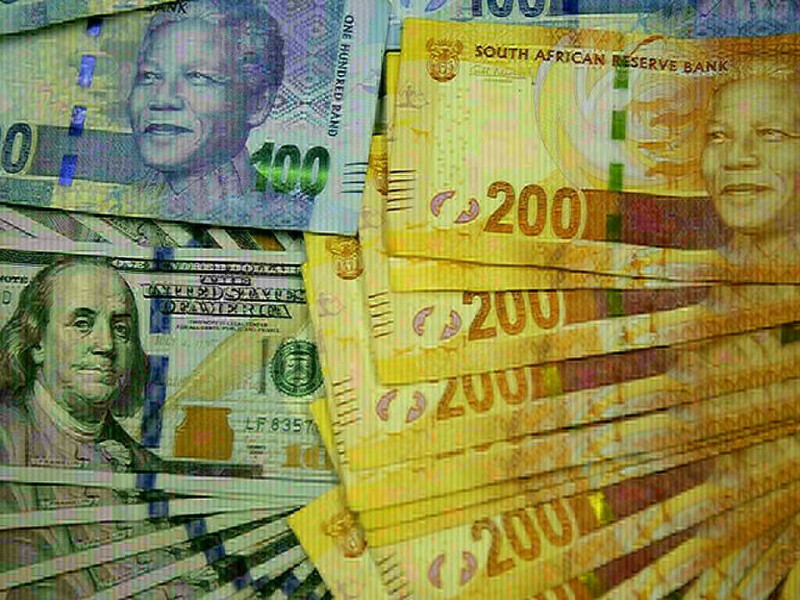JOHANNESBURG, June 19 (Reuters) – The South African rand weakened in early Thursday trade, reflecting growing global risk aversion as the Iran-Israel conflict stretched into its seventh day and investors braced for the South African Reserve Bank’s (SARB) Financial Stability Review.
As of 0651 GMT, the rand traded at 18.1075 to the U.S. dollar, down 0.5% from Wednesday’s close. This marked its lowest level in a month, tracking a broader trend across emerging market currencies, as traders moved capital into traditional safe haven assets amid escalating geopolitical tensions and global uncertainty.
The ongoing Middle East conflict, with investors watching closely for signs of possible U.S. involvement, has sparked fears of broader market instability. The risk-off mood has led to reduced appetite for assets tied to emerging economies, including South Africa.
Currency analysts noted that geopolitical developments are likely to weigh heavily on short-term investor sentiment, particularly in fragile emerging markets like South Africa.
“Global markets are pricing in higher volatility, and the rand is highly sensitive to any deterioration in global risk sentiment,” said an FX trader at a Johannesburg-based investment bank.
Domestically, focus now shifts to the SARB’s June Financial Stability Review, expected later on Thursday. The review is a critical document in which the central bank outlines key vulnerabilities in the financial system, assesses systemic risks, and describes actions taken to mitigate financial shocks.
The SARB is expected to maintain a cautious tone, especially in light of recent domestic and international developments. The review may address risks linked to global trade tensions, geopolitical instability, and South Africa’s sluggish economic recovery.
While the SARB cut its main lending rate last month in a move aimed at supporting economic activity, it simultaneously warned that risks from U.S.-China trade disputes and ongoing global economic uncertainty could undermine progress. With inflation showing signs of easing and domestic demand remaining subdued, policymakers may still lean toward a dovish stance, though external shocks could complicate the outlook.
South African fixed income markets also reflected investor caution. The country’s benchmark 2035 government bond was weaker in early trading, with the yield rising 4 basis points to 10.16%. A rise in yields typically indicates falling bond prices, often linked to increased perceived risk or uncertainty in the market.
Market watchers will also pay close attention to statements on banking sector resilience, household debt levels, and possible regulatory interventions. Concerns around high youth unemployment, low GDP growth, and fiscal pressures have kept financial stability firmly in focus.
“South Africa remains exposed to both domestic vulnerabilities and external shocks. Any additional geopolitical escalation could further pressure the rand and local markets,” said a Johannesburg-based economist.
As the day progresses, traders and analysts will look to the Financial Stability Review for insight into the SARB’s policy direction and assessment of systemic risk, especially amid heightened global uncertainty.
